by supplychainreport
Efforts by the United States to finalize new trade agreements with key global partners are encountering obstacles as the administration’s temporary pause on country-specific tariffs nears its end. With just over a month remaining on the 90-day tariff suspension, trade negotiations are proving to be more complex than anticipated.
Recent legal rulings have cast uncertainty over the administration’s authority to impose tariffs, potentially impacting its broader trade strategy. In addition, new announcements to increase steel and aluminum tariffs from 25% to 50% have added pressure to ongoing discussions with global trading partners.
Over the weekend, trading partners responded with concerns. The European Union (EU) indicated it is considering countermeasures in response to the increased steel and aluminum tariffs. At the same time, officials from another major trade partner criticized new U.S. export controls on technology products, arguing they undermine recent progress made in Switzerland aimed at easing trade tensions.
Former trade officials note that while the administration has set an ambitious timeline, trade negotiations traditionally require extended timeframes. Many of the remaining barriers to U.S. exports are deeply rooted in national policies aimed at protecting domestic industries.
“This is likely to be a drawn-out process,” said Warren Maruyama, a former general counsel with the U.S. Trade Representative’s office. “Trade negotiations are typically complex and require careful coordination between experienced teams on both sides.”
Experts suggest that recent escalations may complicate discussions, as foreign counterparts are left uncertain about the U.S.’s negotiating position. “Some partners may find it difficult to engage when the terms and direction of talks remain unclear,” said Alex Jacquez, a former White House official.
Despite challenges, U.S. trade officials remain optimistic. According to a draft letter reviewed by Reuters, countries have been asked to submit their best offers, including expanded purchases of U.S. goods, to accelerate negotiations. An official from the trade representative’s office stated that “productive negotiations with many key trading partners continue at a rapid pace.”
So far, the administration has only reached one preliminary agreement, with the United Kingdom, although no formal deal has been signed. As the deadline approaches, the administration may opt to notify countries of revised tariff rates rather than pursuing separate negotiations with each partner.
Status of Talks by Region:
Asia-Pacific:
Trade discussions with a major East Asian partner have seen little progress despite multiple rounds of talks. Disagreements over U.S. tariffs — including 10% duties on all goods and higher rates on autos, steel, and aluminum — remain a significant barrier. Officials in the region have signaled that any deal is unlikely unless the U.S. reconsiders these tariffs. Both sides are expected to reconvene before the upcoming G7 summit.
European Union:
The EU and U.S. launched trade talks in April following a suspension of reciprocal tariffs. However, a proposed increase in tariffs on EU goods has strained negotiations. While some progress was made after bilateral discussions in late May, further tariff announcements have drawn criticism from EU officials, who argue the move adds uncertainty and raises costs for businesses on both sides of the Atlantic.
Key Trade Relationships:
Tensions have grown with another key trading nation following the implementation of new export controls on technology components. Officials from the country have stated that these controls violate the spirit of recent de-escalation efforts and affect essential supply chains globally. U.S. officials have pushed back, arguing that such actions are intended to protect supply chain security and reduce overdependence on certain critical imports.
As the 90-day pause nears its conclusion, the administration continues to press for expedited negotiations. However, the outcome remains uncertain as global partners weigh their options and assess the implications of ongoing tariff changes.
#TradeTalksUpdate #TariffPolicy #GlobalMarkets #SupplyChainNews #NewsUpdate

















